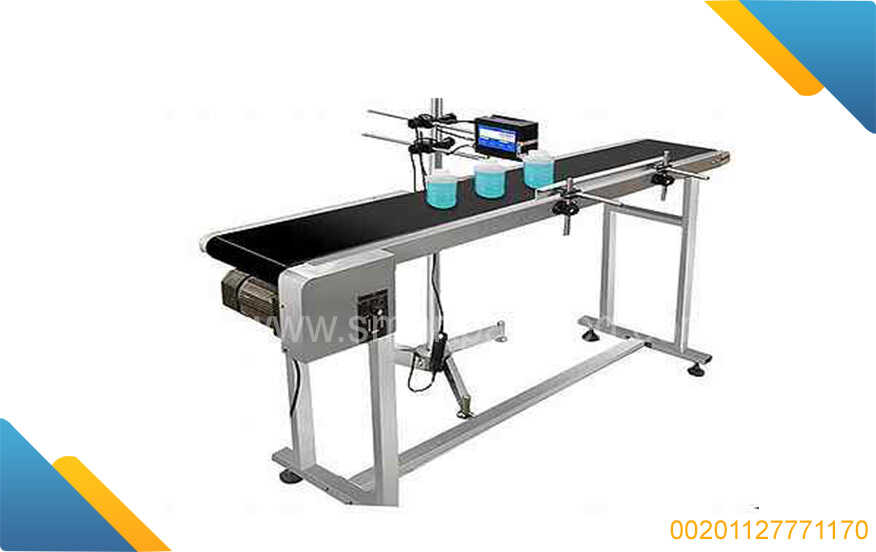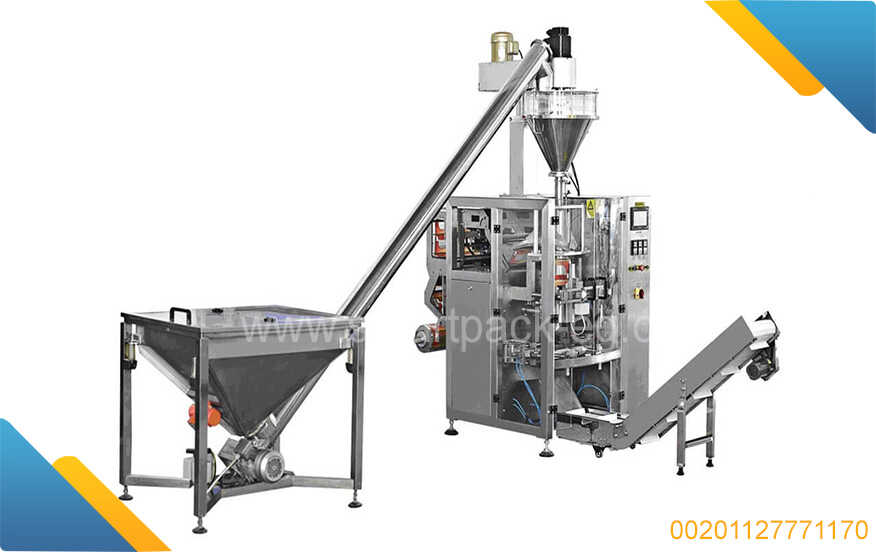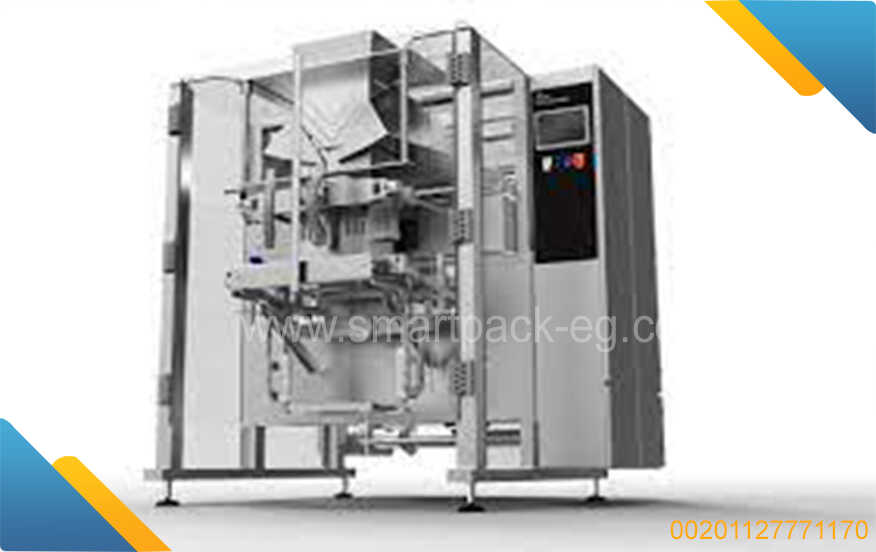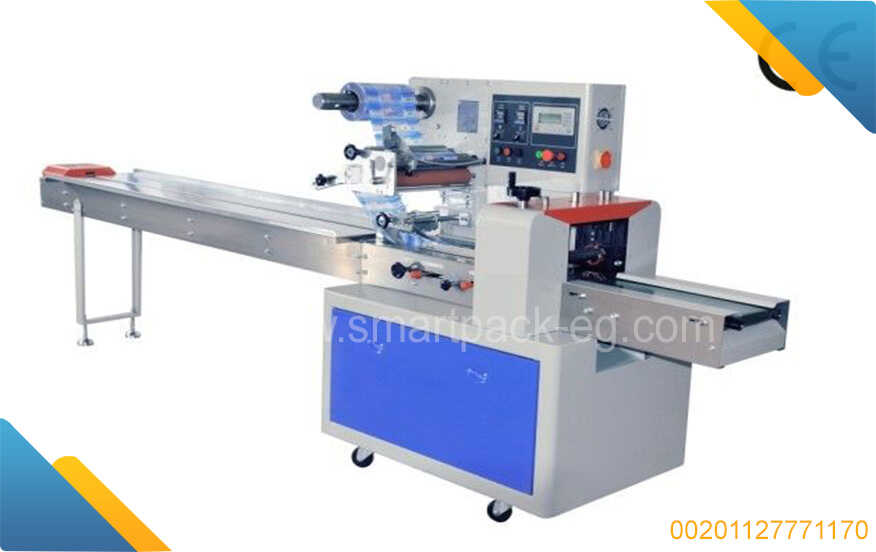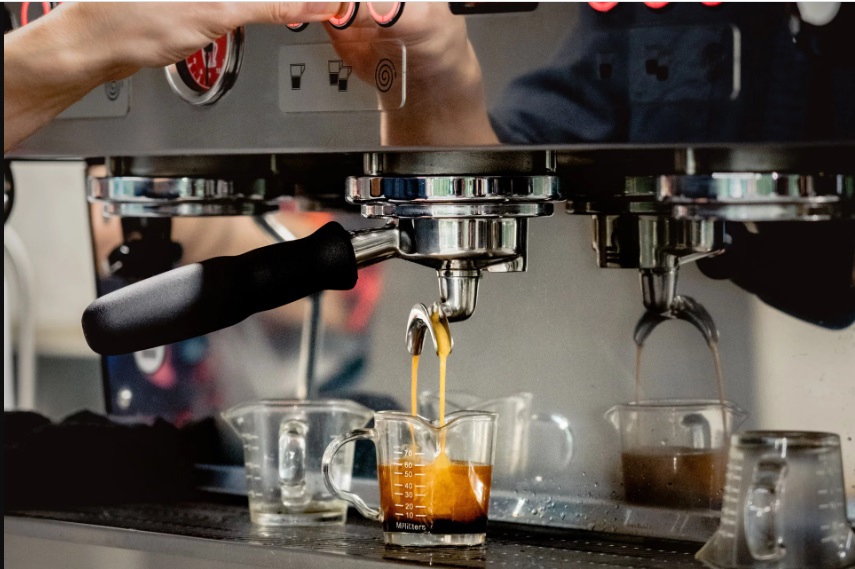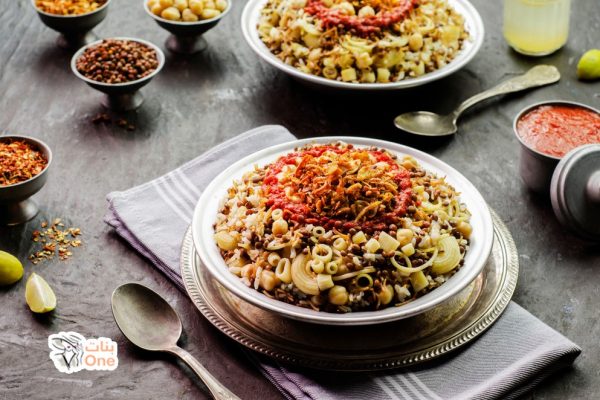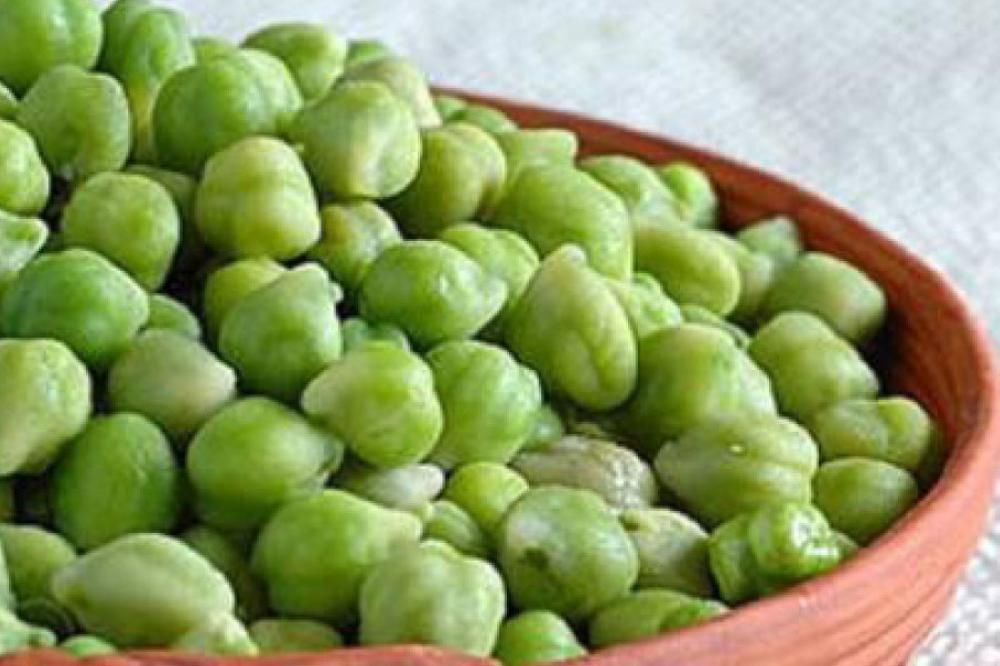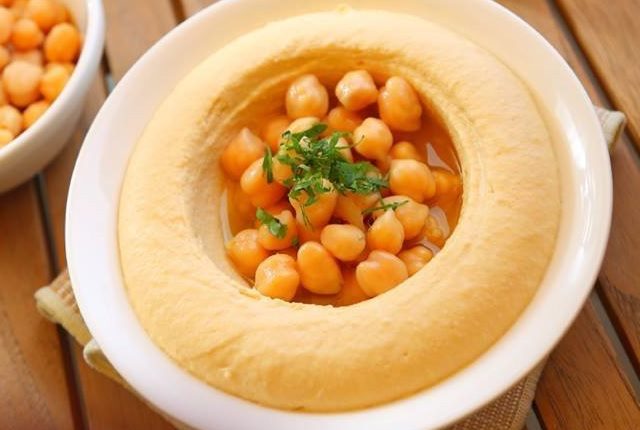How To Guide: Feasibility Study on Poultry Feed Production Project and Feed Packaging Machine
Introduction:
In this guide, we will walk you through the process of conducting a feasibility study for a poultry feed production project. Additionally, we will explore the consideration of acquiring a feed packaging machine as a part of the project. Conducting a feasibility study is essential as it provides valuable insights into the viability and profitability of your venture. Let's begin!
Step 1: Define Objectives and Scope
Clearly define the objectives of your poultry feed production project and the desired outcomes. Determine the scope of the study, including the target market, production capacity, planned financial investment, and possible risks and challenges.
Step 2: Market Research and Analysis
Gather data regarding the market demand for poultry feed in your target region. Analyze existing competitors, their product offerings, pricing strategies, and distribution channels. Identify any potential gaps or opportunities within the market that your project can capitalize on.
Step 3: Raw Material Availability and Suppliers
Evaluate the availability and cost of raw materials required for poultry feed production, such as grains, protein sources, minerals, and vitamins. Identify reliable suppliers who can provide consistent quality and competitive pricing. Research any potential risks or challenges related to sourcing raw materials.
Step 4: Production Process and Equipment
Understand the intricacies of poultry feed production. Determine the required machinery, infrastructure, and labor needed for the manufacturing process. Assess the feasibility of acquiring a feed packaging machine to optimize efficiency in packaging and meet market demands.
Step 5: Financial Projections
Prepare a comprehensive financial plan for your project. Estimate the initial investment required for setting up the production facility, purchasing equipment, and raw materials. Develop a realistic sales forecast based on market research findings. Calculate variable costs, fixed costs, gross margins, expected profit, and return on investment (ROI).
Step 6: Risk Assessment
Identify potential risks and challenges that may affect the success of your project. Consider factors such as regulatory compliance, market volatility, raw material price fluctuations, and changing consumer preferences. Develop contingency plans to mitigate these risks and ensure business continuity.
Step 7: Feasibility Analysis
Evaluate the data and information gathered throughout the study to assess the overall feasibility of your poultry feed production project. Consider factors such as market demand, competition, raw material availability, production costs, profitability, and risk management strategies. Determine if the project aligns with your objectives and if it is financially viable.
Step 8: Documentation and Decision Making
Synthesize all the findings from the feasibility study into a comprehensive report. Include detailed analyses of the market, production process, financial projections, and risk assessment. Present the report to key stakeholders and decision-makers who can review the findings and make an informed choice regarding the feasibility of the project.
Conclusion:
Conducting a feasibility study on a poultry feed production project is essential to assess its viability and profitability. By following the steps outlined in this guide, you will gain valuable insights into market demand, production processes, financial projections, and risk management strategies. Additionally, consider the inclusion of a feed packaging machine to optimize efficiency and meet market demands. A comprehensive feasibility study will provide you with crucial data and help you make informed decisions for a successful project. Good luck!

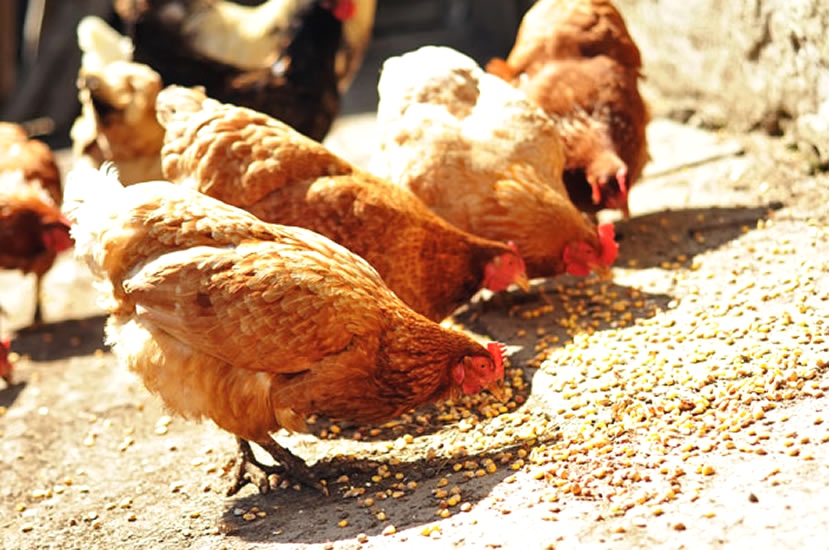
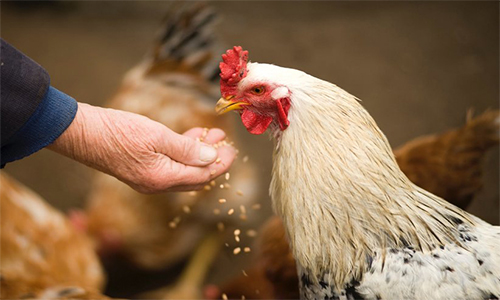
 Admin
Admin 